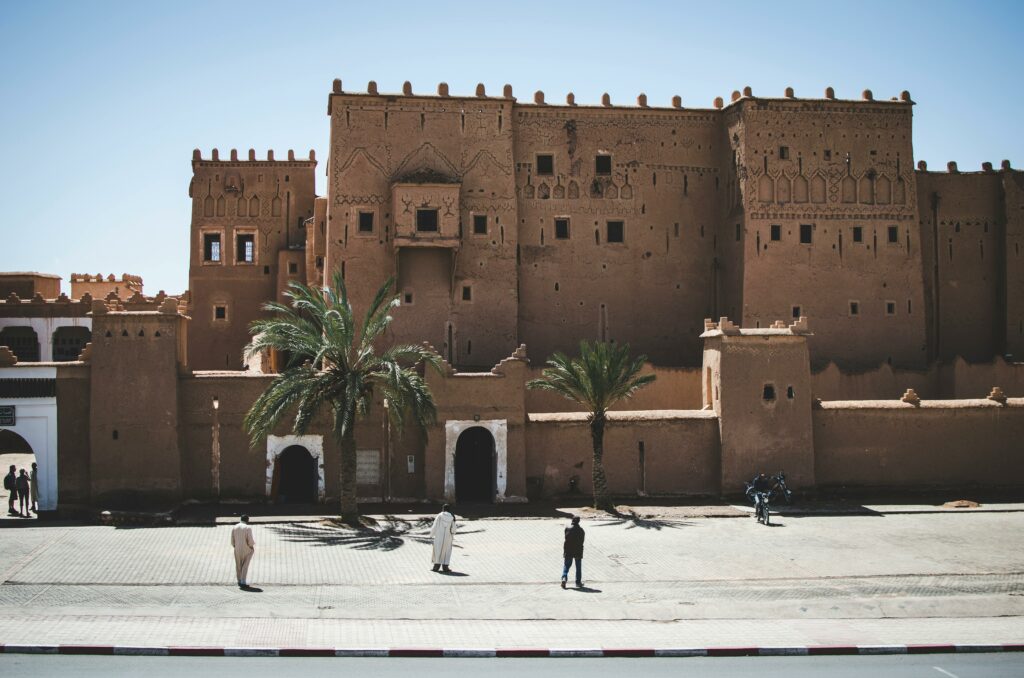![]()
The Human Development Index (HDI) is a composite indicator that measures a country’s overall development across three key dimensions: health (measured by life expectancy), education (literacy rate and educational attainment), and standard of living (gross national income per capita). Morocco, a North African country, has made significant progress in human development in recent decades, but it continues to face significant challenges in further improving its social and economic indicators.
1. Evolution of the HDI in Morocco
Morocco ranks among the countries with medium human development, with an HDI that has seen positive progress since the 1990s. Although the country has made significant progress in health, education, and living conditions, there is still a significant gap compared to countries with high human development, particularly due to economic, social, and political challenges.
The reforms undertaken by the Moroccan government, particularly in infrastructure, health policy and education, have led to an improvement in the HDI, but many inequalities remain, particularly between urban and rural areas. Morocco must continue to implement inclusive policies to ensure more equitable growth and better well-being for all its citizens.
2. Education in Morocco
Education is one of the sectors in which Morocco has made significant progress. Access to education has improved significantly in recent decades, with school enrolment rates continuing to increase. Primary education is free and compulsory, and the literacy rate, although increasing, is still insufficient. Approximately 74% of the adult population is literate, but significant disparities exist between urban and rural areas, particularly due to the accessibility of educational infrastructure in remote areas.
Morocco has also made efforts to expand access to higher education, with the construction of new universities and vocational training schools. However, challenges persist, including the quality of teaching in public schools and the mismatch between the skills taught and those required in the job market. School dropout rates are also a problem, especially among girls in some rural areas.
3. Health in Morocco
The health sector in Morocco has made notable progress, notably through more extensive health coverage and an increase in life expectancy, which currently stands at around 77 years. The country has improved access to care, particularly in large cities, through investments in modern infrastructure and medical services. However, inequalities persist between urban and rural areas in terms of access to health care.
Despite the improvement in access to care, the quality of medical services remains a major concern. Public hospitals, although expanding, often lack financial resources and qualified medical staff. The cost of private healthcare remains an obstacle for a large part of the population, limiting access to quality care for the poorest.
In addition, Morocco is facing new health challenges, such as the increase in chronic diseases (such as cardiovascular diseases and diabetes) and the consequences of climate change, which impact public health, particularly through heat waves and pollution.
4. Morocco’s Standard of Living and Economy
The Moroccan economy has undergone transformations in recent decades, with a process of economic diversification, particularly in the tourism, agriculture, industry and renewable energy sectors. However, the country still faces significant challenges in terms of poverty, unemployment and wealth distribution.
Gross national income per capita has increased over the years, but it remains lower than that of many neighboring countries in the region. Economic inequalities are striking, with considerable disparities between large cities such as Casablanca, Rabat and Marrakech, and rural areas, where access to basic services such as education, health and infrastructure is limited.
Unemployment is also high, particularly among young people and university graduates. Young workers have difficulty integrating into the labour market, due to slow job creation, a lack of diversification of the economic fabric and skills that are poorly adapted to market needs.
5. Social and Political Challenges
Morocco faces several social and political challenges that directly impact its human development. Social inequalities, particularly between urban and rural areas, are a major problem. Poverty, although reduced, still affects a significant proportion of the population, particularly in mountainous and rural areas.
Furthermore, although Morocco has undertaken political and social reforms in recent years, particularly in the context of the Arab Spring in 2011, tensions remain regarding civil liberties, governance and the management of democracy. Gender inequality also remains a challenge, although progress has been made in women’s access to education and the labour market.
The issue of political stability also remains paramount, with concerns over corruption, natural resource management, and the Western Sahara issue, which has implications for the country’s internal and external policy.
Conclusion
Morocco has made significant progress in human development in recent decades, particularly in the areas of education, health and infrastructure. However, it continues to face many challenges, such as economic and social inequalities, high unemployment, and structural problems in the education and health sectors.
To further improve its HDI and ensure more equitable development, Morocco will need to intensify its efforts to address these issues, particularly in terms of economic reforms, diversification of the labor market, and combating regional and social inequalities. Political stability, improved governance, and natural resource management will be essential factors in ensuring sustainable human development for the entire Moroccan population.

